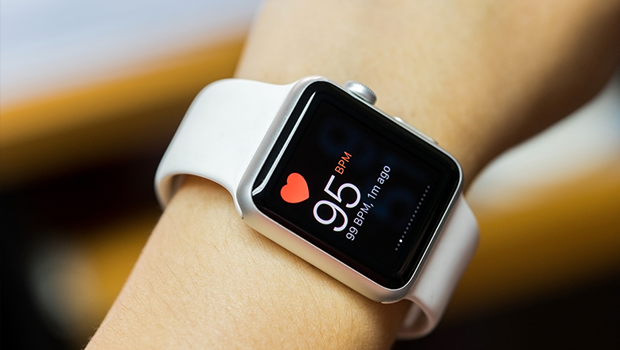
Image credit: foodspring Magazine
It is common knowledge that getting sufficient good-quality sleep every night is an important factor in keeping healthy.
In a recent study, researchers from the SingHealth Duke-NUS Institute of Precision Medicine (PRISM) and the National Heart Centre Singapore (NHCS) showed that chronic sleep deprivation is linked to an increase in a marker of biological ageing – shown through shortened telomeres, distinctive structures found at the end of chromosomes that shorten with age, cellular stress and environmental stress, and increased cardiovascular risk factors such as higher body mass index (BMI).
Beyond adding to the body of knowledge associating sleep and physical health, the PRISM-NHCS team demonstrated that sleep tracking from consumer-grade wearables has the potential to enhance biomedical research.
Better accuracy
For this study, some 480 healthy volunteers wore the ubiquitous Fitbit activity tracker for a week to capture their sleep data for analysis. The team also collected other lifestyle information and data including blood pressure, cholesterol and blood glucose to support their study and understanding of other causal factors of telomere shortening. Whole-genome sequencing was used to estimate telomere length.
“Often, studies about sleep depend on questionnaires. The more accurate submissions come from those who either sleep very little or those who sleep a lot, but it gets nebulous in the middle as people are not as precise in their answers. Using a tracker however, we can reduce biases and uncertainties,” said the study’s co-lead Assistant Professor Lim Weng Khong, Chief Information Officer at SingHealth Duke-NUS PRISM and Assistant Professor for the Duke-NUS Cancer and Stem Cell Biology programme.
This was not Asst. Prof Lim’s first run with consumer-grade trackers. In a separate study published in 2018, Asst. Prof Lim and his team showed that physical activity data collected with consumer-grade wearables may help identify active people who are likelier to have enlarged hearts, and thus at risk to be misdiagnosed with heart disease.
“Because of our experience from the first study, we took much less time to organise the raw data from the second study and take it to the analysis stage,” said Asst. Prof Lim.
Although consumer trackers have been in the market for many years, the makers have been careful not to enter into the tightly regulated medical space where claims need to be validated, observed Asst. Prof Lim. However, it appears that brands are now increasingly confident in the accuracy of their data.
The confidence has clearly trickled down to doctors and scientists worldwide. In 2016 alone, there were over 20 known clinical trials involving the use of activity trackers, a non-intrusive way of obtaining accurate patient data, and the field looks set to expand.
“The hope is that we can rely on data generated from wearables that people might already own, such as Apple Watches and Fitbits. This data is now sufficiently accurate for research and is biologically meaningful,” Asst. Prof Lim said.
Unlimited potential
Wearables are starting to receive regulatory approval for use in detecting abnormal heart rhythms, but this may only be the tip of the iceberg.
New versions of trackers are now able to monitor blood oxygen levels and even take an electrocardiogram (ECG). In future, it is probable that we’ll have non-invasive sensors that can measure glucose levels to check for diabetes, said Asst. Prof Lim.
There is much potential in the use of such data to continually monitor patients’ activities and health status beyond hospital walls. “More and more Singaporeans are using them, and most people are open to sharing their data for research. In fact, users can opt to share their information with authorized third-parties such as researchers,” said Asst. Prof Lim, who hopes to one day crowd-source wearable data from Singaporeans to study their health.
“Ten thousand volunteers will be an ideal starting place,” he mused.
Next steps
Asst. Prof Lim and his team are already working with the Institute for Infocomm Research (I2R) to put their recently collected data through deep machine learning models to suss out possibilities of finding new patterns and associations.
“We are down to per-second data, which means there are millions of data points to learn from,” he said.
Asst. Prof Lim further noted that continued participant engagement is essential, for example, through periodic follow-up calls to check on changes to their health status.
He added, “Biomedical research is about long-term outcomes. You don’t want to fade away from volunteers’ memories. The better you keep them engaged, the higher your follow-up rate!”













 Get it on Google Play
Get it on Google Play